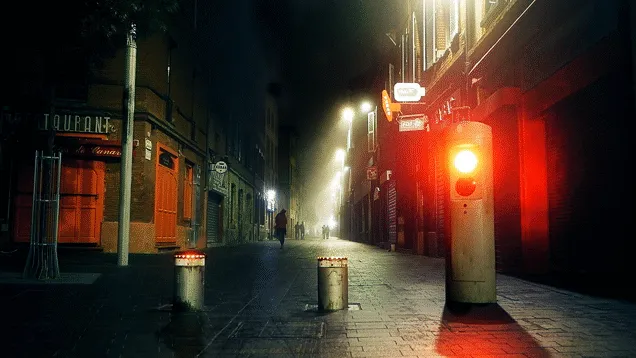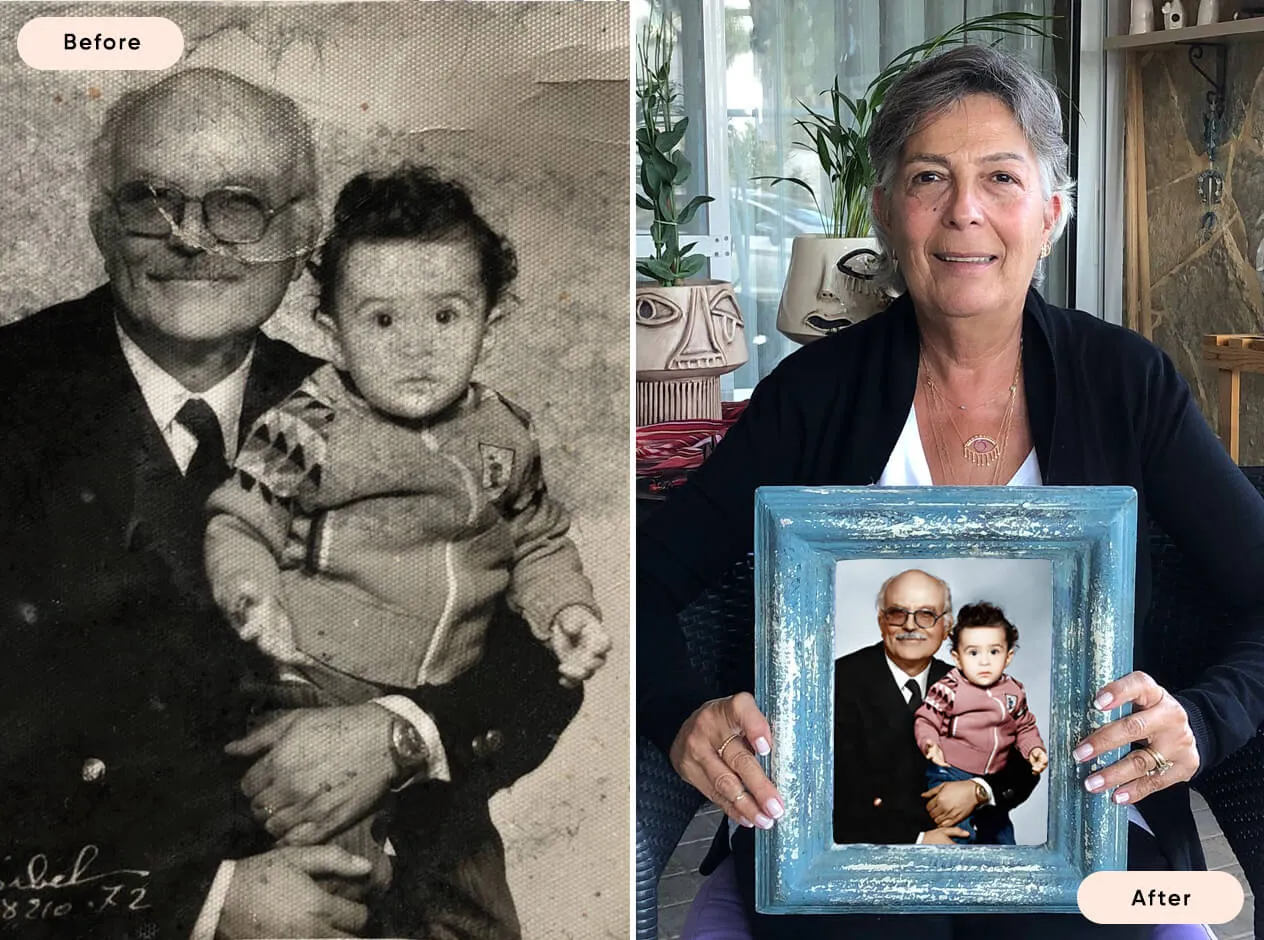Cinemagraphs | What They Are and How They Work
Cinemagraphs are a captivating blend of photography and video, creating a mesmerizing effect that captures the viewer's attention. They appear almost like a still image, but with certain elements that are subtly animated, drawing one into a living snapshot. In this article, we'll explore what cinemagraphs are, their history, how they function, where they can be utilized, and guide you through creating your very own.
What is a Cinemagraph?
A cinemagraph is a visual art form that combines photography and video, typically featuring a still photograph in which one element is animated. This creates an illusion where the viewer feels as if they are watching a video, yet the majority of the frame remains static. The artistry lies in the ability to seamlessly loop the motion, making the animated portion a continuous spectacle. This unique format is perfect for evoking emotions and capturing moments in a way that single images cannot.

The History of Cinemagraphs
The concept of cinemagraphs was popularized by Kevin Burg and Jamie Beck in 2011, who coined the term while incorporating the technique into their fashion photography. They utilized animated GIFs to visualize their images with subtle movements, setting the groundwork for a new genre of art. Over time, the trend gained momentum across social media platforms, with brands and artists embracing this new medium to tell stories, convey messages, and engage their audiences in innovative ways.
How Do Cinemagraphs Work?
Cinemagraphs function by using a series of still photographs or video clips to create a looping sequence. Essentially, a video is shot in a specific location, and then through digital editing software, the creator isolates the areas that will be animated while keeping the rest of the image still. This process involves meticulous attention to detail, ensuring a seamless transition between the static and animated elements. The result is often an enchanting and immersive experience for the viewers, as they find themselves drawn to the movement amidst the stillness.
Where Can I Use a Cinemagraph?
Cinemagraphs have a wide range of applications across various platforms. They are particularly effective in social media marketing, where visually striking content is essential for capturing attention amongst a sea of posts. They can be used on websites and blogs to enhance storytelling and engagement, in advertisements to create captivating visual content, or even in presentations to maintain interest. Their versatility makes them suitable for any platform that thrives on visual engagement.
How to Create a Cinemagraph
Creating a cinemagraph involves a few essential steps. First, you'll need to capture your video footage or still images. Afterward, import the video into editing software, such as Adobe Photoshop or specialized cinematography applications. Next, identify the portions of the image you want to animate, masking those areas while keeping the rest of the image static. Finally, render the animation into a seamless loop and export it in a suitable format, whether as an animated GIF or video clip.
How to Make a Cinemagraph in One Minute
For those who are looking to create a quick cinemagraph, there are several mobile applications available, such as Pixaloop and Plotagraph. These apps allow you to animate a still image with just a few taps. Simply upload your photo, select the areas you wish to animate, and set the motion paths before exporting your work. While this method may not provide the same level of sophistication as traditional techniques, it enables anyone to experiment with cinemagraphs in under a minute.
In conclusion, cinemagraphs are a powerful way to combine still and moving imagery, creating a unique visual experience. Whether for personal projects or professional branding, mastering the art of cinemagraphs can significantly enhance your creative toolkit.

Or Get YourMoney Back
back your money in the rare case you are not satisfied with the quality of your
damage-free pictures. Only $38 for most image restorations regardless of damage

All rights reserved.